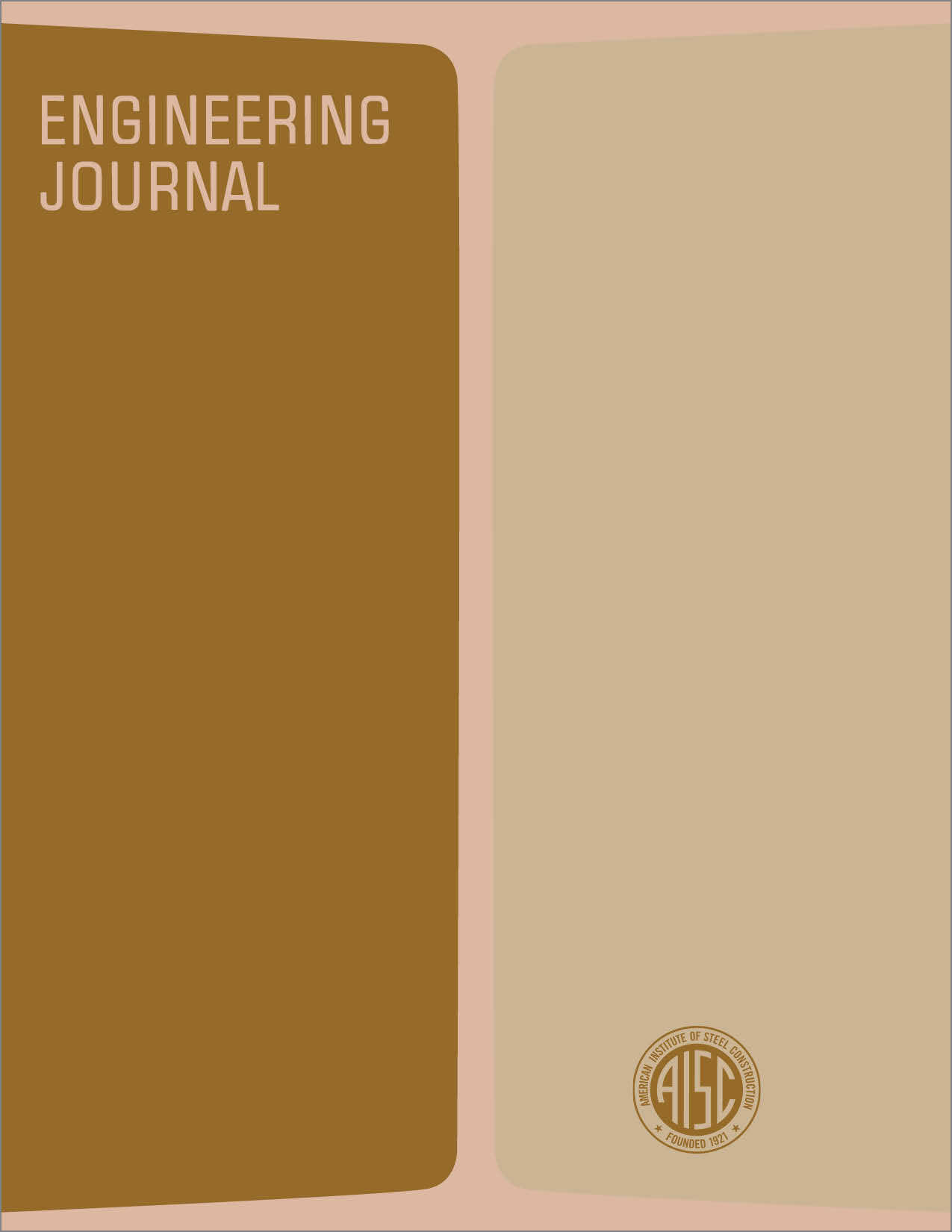Correlation of Discontinuities and Physical Properties in Steel Weldments
DOI:
https://doi.org/10.62913/engj.v6i2.122Abstract
Nondestructive testing techniques are used to locate and define the shape and size of discontinuities in steel weldments. Ultimately the question that must be answered from these tests is, "Does the discontinuity affect the strength of the weld?" In the past, a heavy reliance has been placed upon service performance, experience, and engineering judgment. There is a tendency, and justifiably so, to error on the safe side. Flaws that have little effect on the performance of the weld are removed. This increases cost and may even damage the weld by the introduction of other flaws. In addition, there is a greater demand placed on weld reliability and performance for the minimum weight. Therefore, the need to know more precisely the effect of a flaw on weld performance has become more urgent. This has given rise to studies on the correlation between weld flaws and physical properties. In 1960 the Japanese produced a document on the nondestructive testing of welds and their strength.1 More recently, Professor R. B. McCauley of the Ohio State University has studied the effects of porosity in weldments. Mr. R. Newman of the British Welding Research Association has also published information on the significance of weld defects in relation to fatigue fracture.3 It is not the intent of this paper to present new information, but rather to review what is available and to point out some of the differences.

